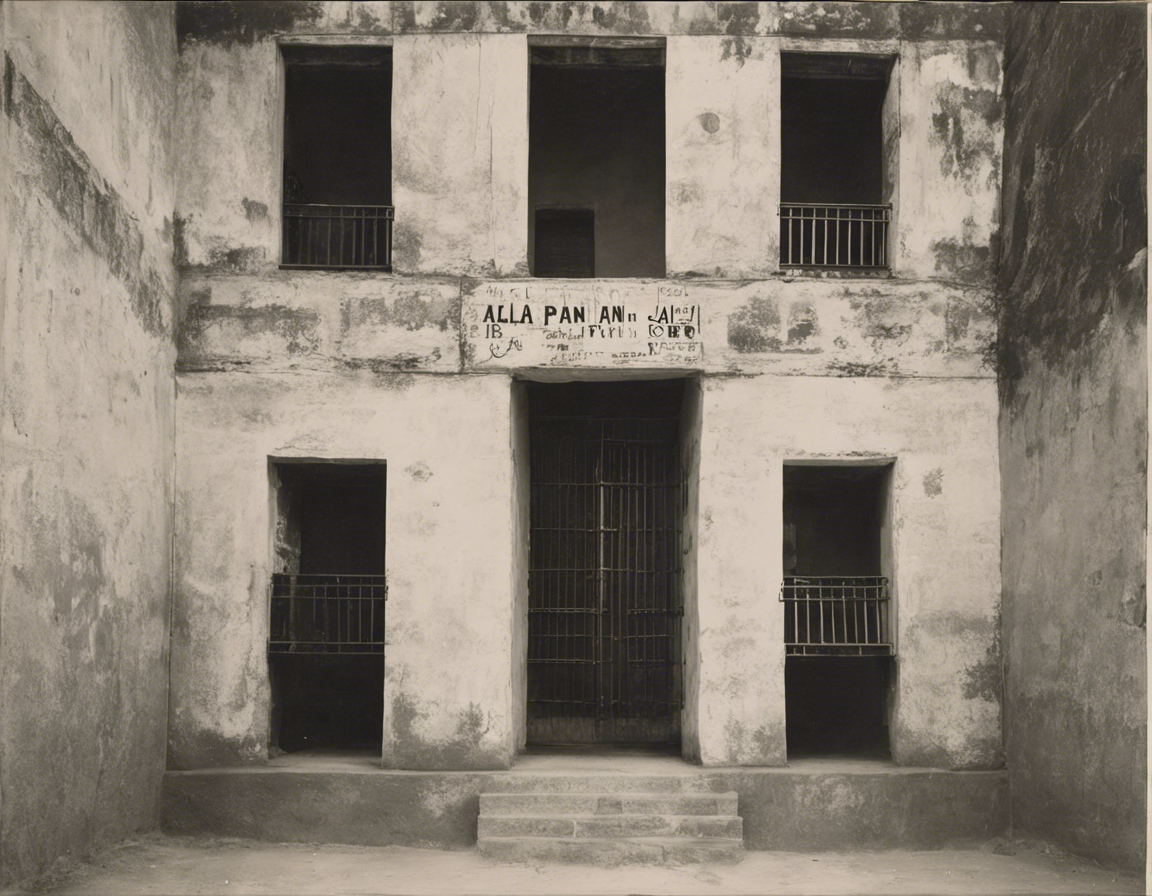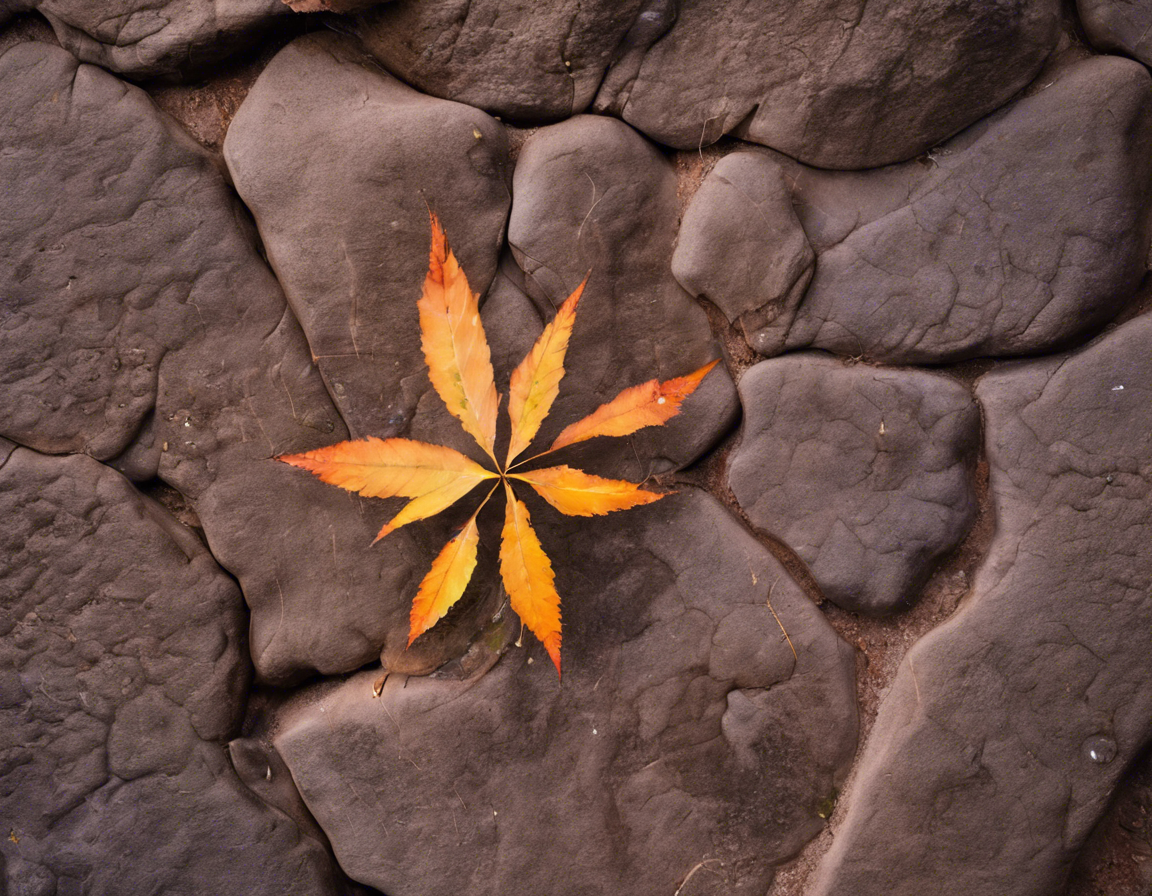Introduction
Kala Pani, also known as Cellular Jail, is a significant historical site located in Port Blair, Andaman and Nicobar Islands, India. This jail stands as a grim reminder of the dark chapters of India’s colonial past, especially during the British rule. The name “Kala Pani” translates to “Black Water,” symbolizing its isolated and forbidding nature. The jail gained notoriety for housing political prisoners and revolutionaries who fought against British oppression. Let’s delve deeper into the mysterious and haunting legacy of Kala Pani Jail.
History of Kala Pani Jail
Built between 1896 and 1906, the Cellular Jail was constructed by the British to exile political prisoners and freedom fighters. The design of the jail was unique, with seven wings radiating from a central watchtower, resembling the spokes of a bicycle wheel. Each wing had individual cells, allowing for solitary confinement and minimal interaction among prisoners.
The conditions within the jail were deplorable, with inmates subjected to brutal treatment, torture, and forced labor. Many prisoners endured unimaginable hardships, including restricted food rations, harsh discipline, and relentless punishments. The isolation and cruelty inflicted upon the inmates earned Kala Pani Jail a reputation as one of the most notorious prisons in colonial India.
Life Inside Kala Pani
The inmates of Kala Pani Jail were mainly political activists, freedom fighters, and revolutionaries who resisted British rule. Among the most prominent prisoners were leaders of the Indian independence movement, such as Vinayak Damodar Savarkar, Batukeshwar Dutt, and Veer Savarkar. These brave individuals endured immense suffering and sacrifice for the sake of India’s freedom.
Life inside Kala Pani was a harrowing ordeal, with prisoners spending their days in solitary confinement, performing tedious labor, and facing brutal punishments for the slightest infractions. The regime of the British authorities aimed to break the spirit of the inmates and crush any dissent against colonial rule.
The Revolt of 1933
Despite the oppressive conditions, the prisoners of Kala Pani Jail did not succumb to despair. In 1933, a major uprising occurred within the confines of the jail, led by inmates protesting against the harsh treatment and demanding better living conditions. The revolt, known as the 1933 Hunger Strike, was a significant moment of resistance against British imperialism.
During the uprising, the prisoners displayed remarkable solidarity and courage in the face of adversity. Their collective action and unwavering resolve highlighted the indomitable spirit of the Indian freedom struggle. The revolt sent shockwaves through the British administration and inspired further acts of defiance among prisoners in other jails across India.
Legacy and Remembrance
Today, Kala Pani Jail stands as a somber memorial to the struggles and sacrifices of those who fought for India’s independence. The site has been converted into a national monument and museum, preserving the memories of the freedom fighters who endured untold hardships within its walls. Visitors to the jail can witness firsthand the austere conditions faced by the prisoners and pay homage to their courage and resilience.
The stories of Kala Pani Jail serve as a poignant reminder of the price paid for freedom and the enduring legacy of those who dared to challenge colonial oppression. The sacrifices made within the confines of this infamous prison continue to inspire generations of Indians to strive for justice, equality, and liberation.
Conclusion
The dark secrets of Kala Pani Jail bear witness to a tumultuous period in India’s history, marked by oppression, resistance, and eventual triumph. The legacy of this notorious prison serves as a testament to the resilience and fortitude of those who dared to defy injustice and tyranny. As we reflect on the haunting tales of Kala Pani, we must honor the memory of the brave souls who sacrificed their freedom for a brighter future. May their legacy endure as a beacon of hope and inspiration for generations to come.
Frequently Asked Questions (FAQs)
- What was the significance of Kala Pani Jail during British rule?
Kala Pani Jail served as a place of exile for political prisoners and freedom fighters who opposed British colonial rule in India. The harsh conditions and brutal treatment inflicted upon inmates symbolize the dark chapters of India’s struggle for independence.
- Who were some of the prominent prisoners held at Kala Pani Jail?
Notable inmates of Kala Pani Jail included Vinayak Damodar Savarkar, Batukeshwar Dutt, and Veer Savarkar, among others. These individuals played a pivotal role in the Indian independence movement.
- What led to the revolt of 1933 at Kala Pani Jail?
The revolt of 1933 was sparked by the deplorable living conditions and harsh treatment endured by the prisoners. The uprising was a display of solidarity and resistance against British oppression.
- How is Kala Pani Jail commemorated today?
Kala Pani Jail has been converted into a national monument and museum, preserving the memories of the freedom fighters who were incarcerated there. Visitors can explore the site and learn about its historical significance.
- What lessons can be drawn from the legacy of Kala Pani Jail?
The legacy of Kala Pani Jail teaches us about the enduring spirit of resistance, courage, and sacrifice displayed by those who fought against injustice. It serves as a reminder of the importance of standing up for freedom and equality.
By exploring the dark secrets of Kala Pani Jail, we unveil a chapter of India’s history that is both haunting and inspiring, reminding us of the resilience and determination of those who fought for a brighter future.



